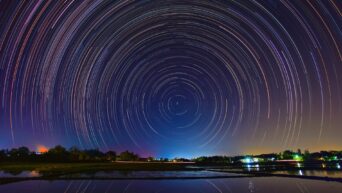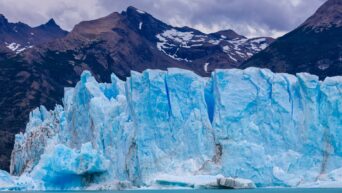
Credit: Unsplash
This rock is literally worth more than all the money in the world.
The majority of asteroids hurtling about the galaxy are composed primarily of either uninteresting stone or exceptionally cold ice. Calling them “space rocks” is usually not inaccurate; some asteroids do possess small traces of familiar metals, but for the most part, it’s just rocks. On a rare occasion, though, astronomers discover asteroids that are more than just rocks. The Hubble Space Telescope recently pinpointed such a specimen, and unless it’s mistaken, stone might actually make up the minority of this celestial object.
The asteroid, codenamed 16 Psyche, was first discovered by astronomers all the way back in 1852, but obviously, they couldn’t get an especially good look at it back then. With the modern tech of the Hubble, researchers were able to get a glimpse of Psyche’s composition. Much to their surprise, the asteroid appears to be constructed almost entirely of iron and nickel. Now consider this: Psyche is approximately 140 miles in diameter, and if they’re right, that’s all usable metal. Do you know how much money a lump of metal 140 miles in diameter would be worth here on Earth? About $10,000 quadrillion USD. That’s about 10,000 times the entire global economy. This floating space rock is quite literally worth more than all the money in the known universe.

Credit: Unsplash
Dizzying financial worth aside, the metal make-up of Psyche is also interesting from a compositional point of view. Since most asteroids are just rock, something must’ve occurred on Psyche that caused its surface to oxidize and harden into metal. Researchers have theorized the culprit to be white-hot solar winds belting the surface, but until they can get an up-close look, they can’t know for sure.
NASA is planning a mission for 2022 in which a small craft will be sent to orbit and study Psyche. In addition to verifying the cause and density of its iron hide, it’ll give researchers some insight into the formation of planetary cores.
































